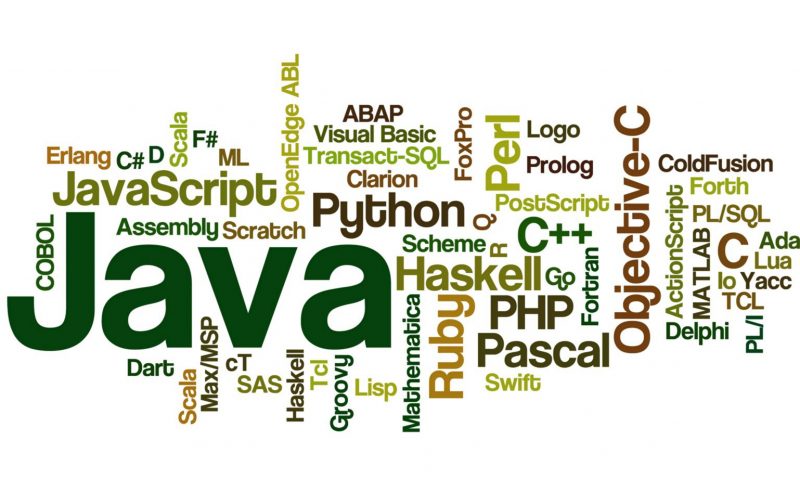Programming requirements continue to rise in popularity and occupy more industries on
a daily basis. Knowing this and the level of specialists salaries, even people far from
programming knowledge or experience think: "I want to try it."
Since theories and practices around the design of the language have mostly resulted in
widely accepted orthodoxy, much of the new and interesting work within the development of programming practices is currently centered around the systems architecture.
One of the most common languages for creating software products for 2010 are:
- JavaScript
- Go lang
- Python
- PHP
All languages have their advantages and disadvantages that predetermine the field of
their application.
Python is a high-level programming language. Interpreted (uncompiled) language, aka the scripting language. It’s mainly used as a tool for performing specialized programming tasks such as automation and various data analysis. It contains a strong set of tools for mathematical and scientific computing that’s often used by researchers.
JavaScript also known as JS, is a scripting language originally designed for use in web browsers. Therefore, it has an built-in ability to work within the Document Object Model (DOM) displaying the content of Web pages in memory. It’s the main programming language used in front-end web development.
If you assimilate Python with JavaScript, it wins in the amount of code, but loses in speed. For a large and heavily loaded project where performance is important, Python would not be the best choice. The language is perfect for a startup or to demonstrate a prototype to the investor to keep an investment funded. Thanks to the high-level data type and dynamic typing, Python programs are shorter than JavaScript.
If you compare Python and PHP: Python syntax is simpler than PHP code. In Python, classes are used as standard libraries, while in PHP there is an SPL function. Python supports structured exception handling where PHP does not use exceptions to log errors. PHP has built-in development functions as for Python you add functions using extensions.
The popularity of PHP is undeniable: it’s used by Facebook, Wikipedia, VKontakte. It also has a WordPress system that’s running about a quarter of all sites under its control.
PHP is easy to learn yet it has a controversial reputation and these two things are related.
Because of the simplicity of the language in the industry many newcomers appeared with an
irresistible desire to professionally engage in PHP development without going into details. There was a lot of bad PHP code being developed. That is why some people criticize PHP, while others like it.
There’s also Go, it’s often referred to as Golang. It’s a compiled and multithreaded programming language developed by Google. The language is rather young, its development began in the bowels of Google in 2007. It was announced to the public in 2009. The Go can parallelize (adapt) to a written program to all the processors of the computer on which it runs. For this, a coroutine mechanism called go-routine is utilized. At the same time,Go takes care of the computer resources using minimal amounts of CPU and memory required to run.
If you believe benchmarks, Go greatly exceeds the performance of the popular Python
and PHP scripting languages and is roughly equal in performance to the JavaScript language. The memory consumption of Go is rather modest compared to JavaScript and Python.
The Go language has a rich standard library that allows you to solve many problems. The GO syntax is quite simple and easily understood within a few days. When you switch to GO from scripting languages, such as Python, it is noticed that the development speed decays pretty well, whiles at the same time the quality of the output code increases.
There are 2 main implementations of Go: Go Compiler (gc) and the gccgo project. GC –
is the original compiler developed in the bowels of Google and released under the BSD-license with 3 points. gccgo is part of the GCC compiler collection and is licensed under GPLv3.
